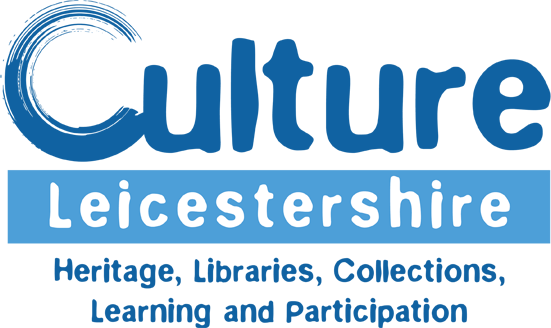
Tuesday 29th October 2024
Building a Brand: Branding and Targeting Part 5.
This blog post was originally written for and hosted by Creative Leicestershire on their website, as part of their activities in supporting the work of practitioners in the creative and cultural sector
Getting a foothold in any industry is about connecting with your target market in a way that isn’t superficial.
It’s what Patrick Welsh, Marketing Manager for Phoenix Arts describes as “people buying people” – no-one likes buying creative services from a faceless corporate blank screen. “In the creative industries you’re going to get lots of competitors capable of coming up with a half decent brand so your point of difference has to be more than superficial.
It’s important to imprint your personality on your brand because ultimately people buy people. Don’t try to create a brand that doesn’t work for you personally, that isn’t you.
A brand needs to be more than just a logo,” he advises.
Branding is the business suit you’ll wear in crowded and competitive industries, which means it needs to be well tailored, well made and the perfect fit for you. No-one can shine in a business meeting if their trousers are too tight and their bra strap is on show (just me then??) For performance poet Andrew Graves, currently working on the God Save The Teen project in Leicester following a writing residency at NHS Leicester Bradgate Mental Health Unit and Leicester’s The Final Stage project, wearing that brand with confidence speaks volumes.
“If you’re sure about the way you present yourself, people take you more seriously,”
he says. “You have to offer people, venues, publishers some kind of ‘package’ so they know what you’re about. But I would never want that side of things to compromise what I write. I think, I hope, by now that people who book me know what they’re getting and I think I get booked because people know what they’re getting but there’s still work to be done – I’d like to establish myself in lots of other parts of and outside the UK. It’s not about forgoing any integrity by only thinking in commercial terms but it is about being able to take a show which you’re proud of out to the people – and to do this it needs to be ‘packaged’ in a way that people will respond to.”
Therefore it’s vital you feel confident in your brand’s longevity – rebranding is not only an expensive business but it also puts you back more steps than you want to take as a new business, not least because it whiffs a little of unprofessionalism and lack of confidence. Both things which may make potential clients, customers, collaborators and funders run a mile. Building a brand is about drip feeding into the audience’s consciousness, as Alan Chapman, writer, producer and musician with Rude Angel, a band with a mission to raise suicide awareness since losing lead vocalist Lianne Ashberry in 2015 describes: “The great thing about having a strong brand is that it saves so much time in future marketing. Because the logo is fixed, you can use it on everything. These days when everyone is bombarded by millions of images every day, you have to be consistent.
A good brand and logo is always working for you, usually subliminally (unconsciously) – and the longer it’s around then the more this familiarity can build and spread. People identify with brands and like to see them in a consistent way so they feel comfortable and familiar, like a friend.”
Any friendship worth its salt has longevity. And longevity means your brand becomes a tangible asset, financially, commercially, creatively, professionally… As Zakera Kali, Design Coach & Consultant for Insight Consultancy, says: “Branding is incredibly important as it shows how professional you are as a company so your client/customers get clarity on what type of relationship to expect from you.
And from a financial perspective, you can build a non-tangible financial asset
– this is what I did and sold a brand in 2008.” You can’t sell your soul but you can sell a hardworking brand.
And by hardworking, that means investing in the branding and sustaining of that brand’s all important reputation. It’s not until then can you grow and evolve as a company. Strong brand identity and heritage is your set of wings with which to take flight. It enables you to diversify, extend into other products and widen your market. Only when a brand is trusted in its core business will consumers trust it in another. As Rob Gee, performance poet shares:
“I have discovered that the best advertisement for my current show is always the show I did the year before.”
More blogs
Tuesday 29th October 2024
(Part 2) Starting a career in the Arts? Here’s some key advice from past and present Lead Artists
This blog post was originally written for and hosted by Creative Leicestershire…
Tuesday 29th October 2024
(Part 1) Starting a career in the Arts? Here’s some key advice from past and present Lead Artists
This blog post was originally written for and hosted by Creative Leicestershire…
